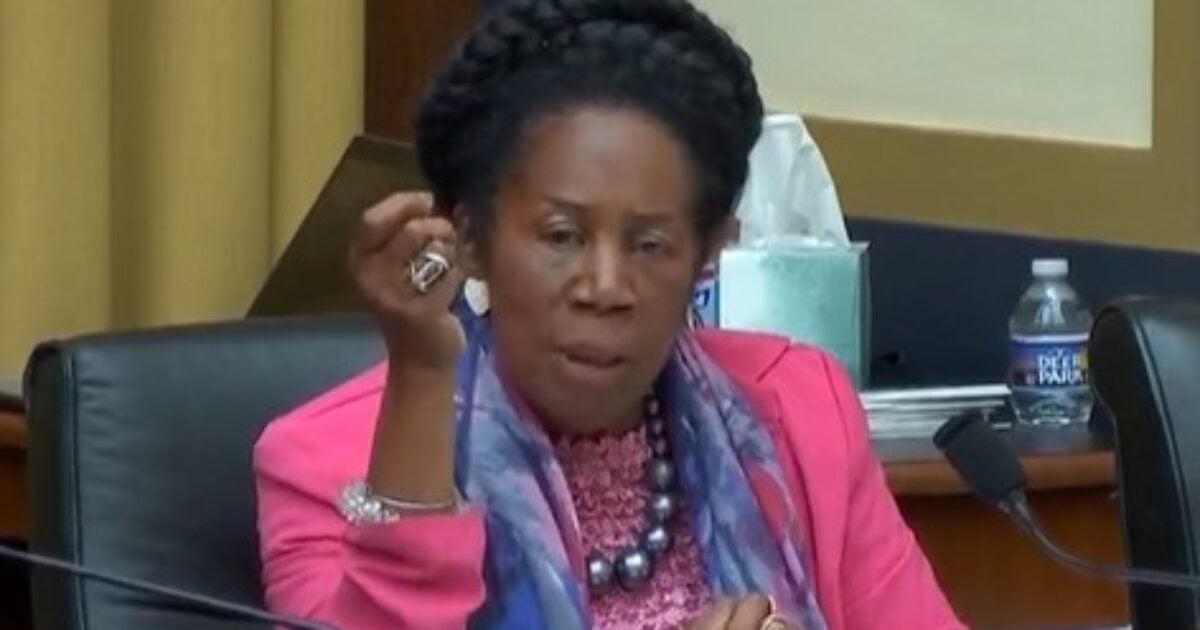Texas’ recent move to redraw its congressional maps has sparked a political fight that could reshape representation ahead of the 2026 midterms. Beyond partisan strategy, the dispute carries major implications for Hispanic communities—particularly in states where their votes are decisive.
Texas and the power of the Hispanic vote.
Texas is not only a growing Republican stronghold but also one of the states with the largest Hispanic population—about 40% of residents are of Hispanic origin. Over the past decade, Hispanic voters have played a decisive role in both state and federal races, and their geographic distribution directly influences how many seats each party can win.
The proposed Texas map aims to consolidate the GOP’s advantage but also reflects demographic realities: population growth—driven largely by Hispanics—demands adjustments in political representation. Critics argue the redesign could fragment heavily Hispanic districts, diluting their voice in Congress.
| State. | % Hispanic. | Political Lean. |
| Texas | 40% | GOP majority; competitive Hispanic vote in urban and southern areas. |
| Florida | 27% | Growing conservative trend; strong Cuban and Venezuelan influence. |
| California | 40% | Democratic stronghold; Hispanic vote key in metro areas. |
| New York | 19% | Democratic majority; concentrated in large cities. |
| Arizona | 32% | Swing state; Hispanic vote decisive in recent elections. |
A domino effect across the U.S.
Texas’ example is already inspiring other states. According to The Hill, at least seven states—Ohio, California, Florida, Indiana, Missouri, New York, and New Jersey—are considering similar moves to secure additional seats before 2026.
In Florida, Cuban American, Puerto Rican, and Venezuelan voters have played a central role in the state’s conservative shift. A GOP-friendly map could cement that trend. In Democratic strongholds like California and New York, party leaders are exploring adjustments that could boost their representation, though legal hurdles remain. In both states, Hispanics are also a decisive voting bloc, especially in urban areas.
Why redistricting matters for Hispanics.
Redistricting isn’t just a technical exercise—it determines who represents communities in Congress and, in turn, which policies are prioritized. For Hispanics, it can mean gaining or losing influence in debates on immigration, the economy, education, and cultural issues.
In key states like Texas, Florida, and California, the Hispanic vote can tip the balance in competitive districts. But the way those districts are drawn can either amplify or diminish that power. That’s why “map battles” are ultimately battles over the political future of millions of Hispanics.
A Congress in play: Strategies for maximizing Hispanic influence.
If these redistricting efforts move forward, the 2026 electoral map could significantly shift the balance of power in the House. Just a handful of extra seats in competitive states could decide which party controls the legislative agenda—from immigration laws to federal spending.
For Hispanic communities, the key will be to remain vigilant and actively engage in the redistricting process, which in many cases includes public hearings where they can advocate against the fragmentation of Hispanic districts.
Boosting voter registration and turnout will also be crucial, as high participation can overturn maps drawn to favor one side. Building alliances with other affected groups can strengthen political pressure for fair representation.
The future of Congress won’t be decided solely at the ballot box in November 2026—it’s being shaped right now in the lines being drawn to decide whose voices get a seat at the national table and whose are sidelined. For Hispanics, this is a historic opportunity to expand their presence and safeguard their interests in American politics.
What is Gerrymandering and how does it affect Hispanics?
Gerrymandering is the manipulation of district boundaries to benefit a political party or group. It can be done by “packing” opposition voters into a small number of districts or “cracking” them across many districts to dilute their influence.
For Hispanics, splitting communities with high Hispanic populations can weaken their ability to elect representatives who advocate for their interests—even if they’re a local majority. This makes redistricting not only a matter of partisan advantage but also a test of real democratic representation for millions of citizens.
About The Author
Post Views: 519
👁️ 519 vistas















